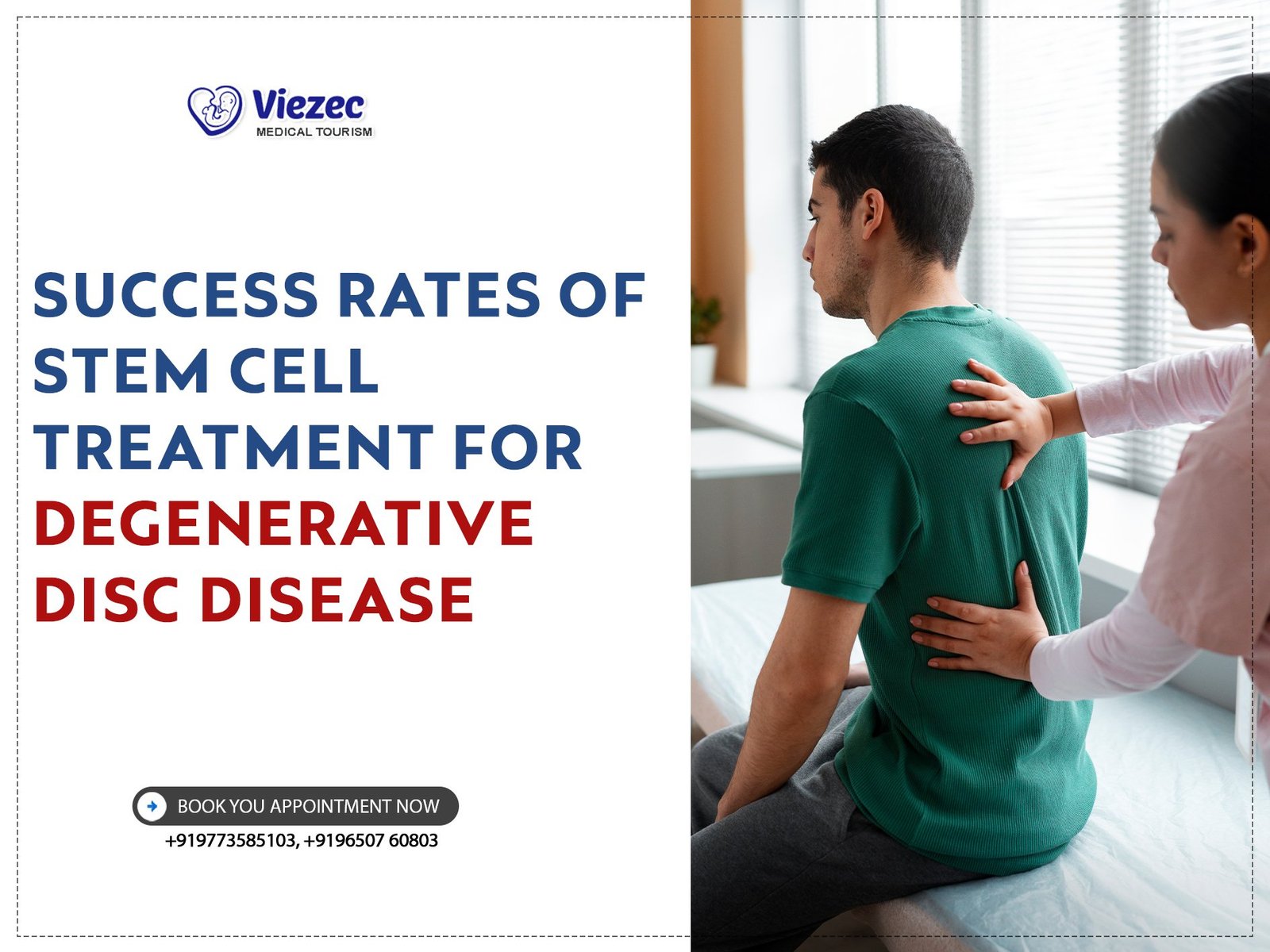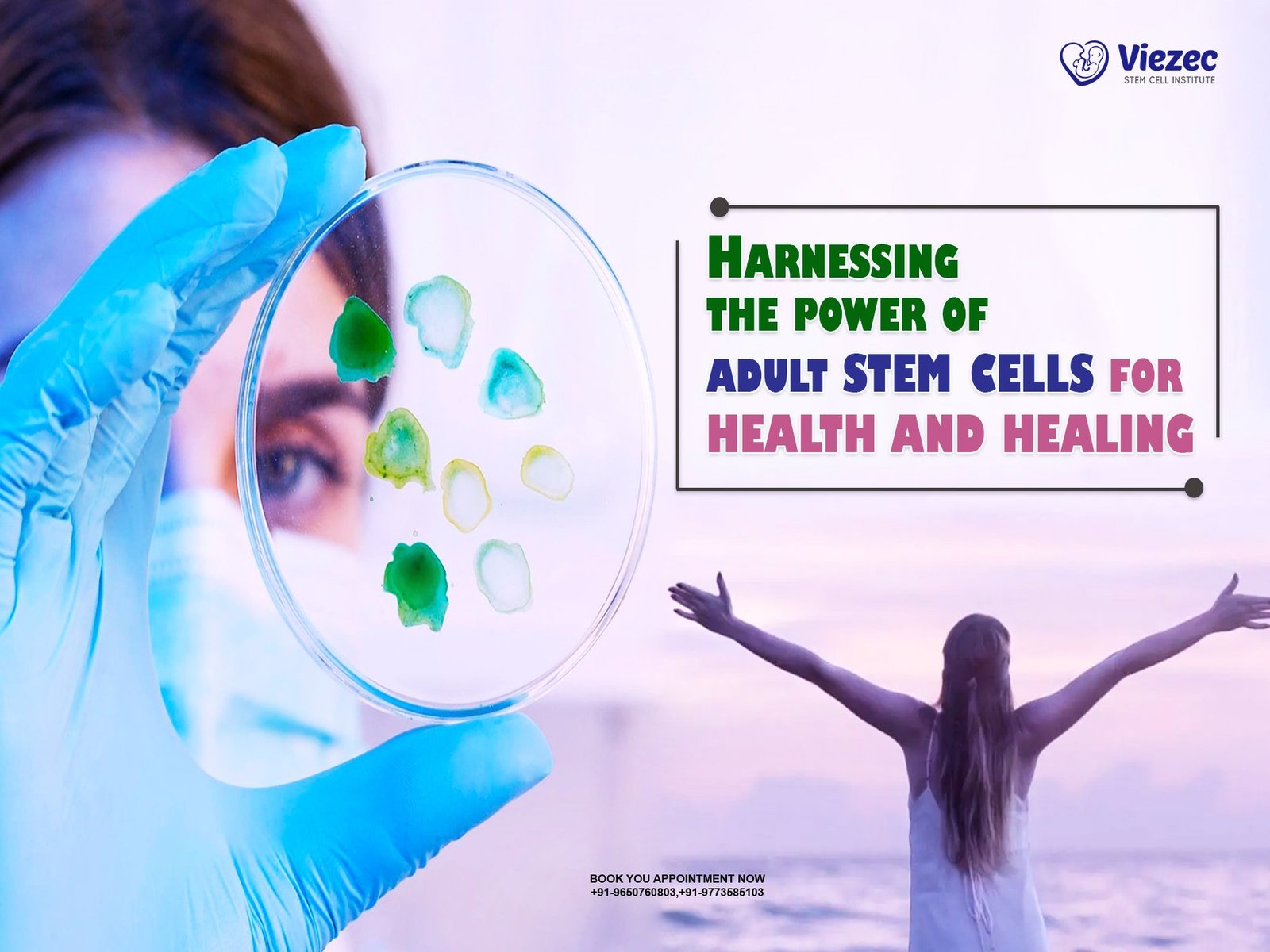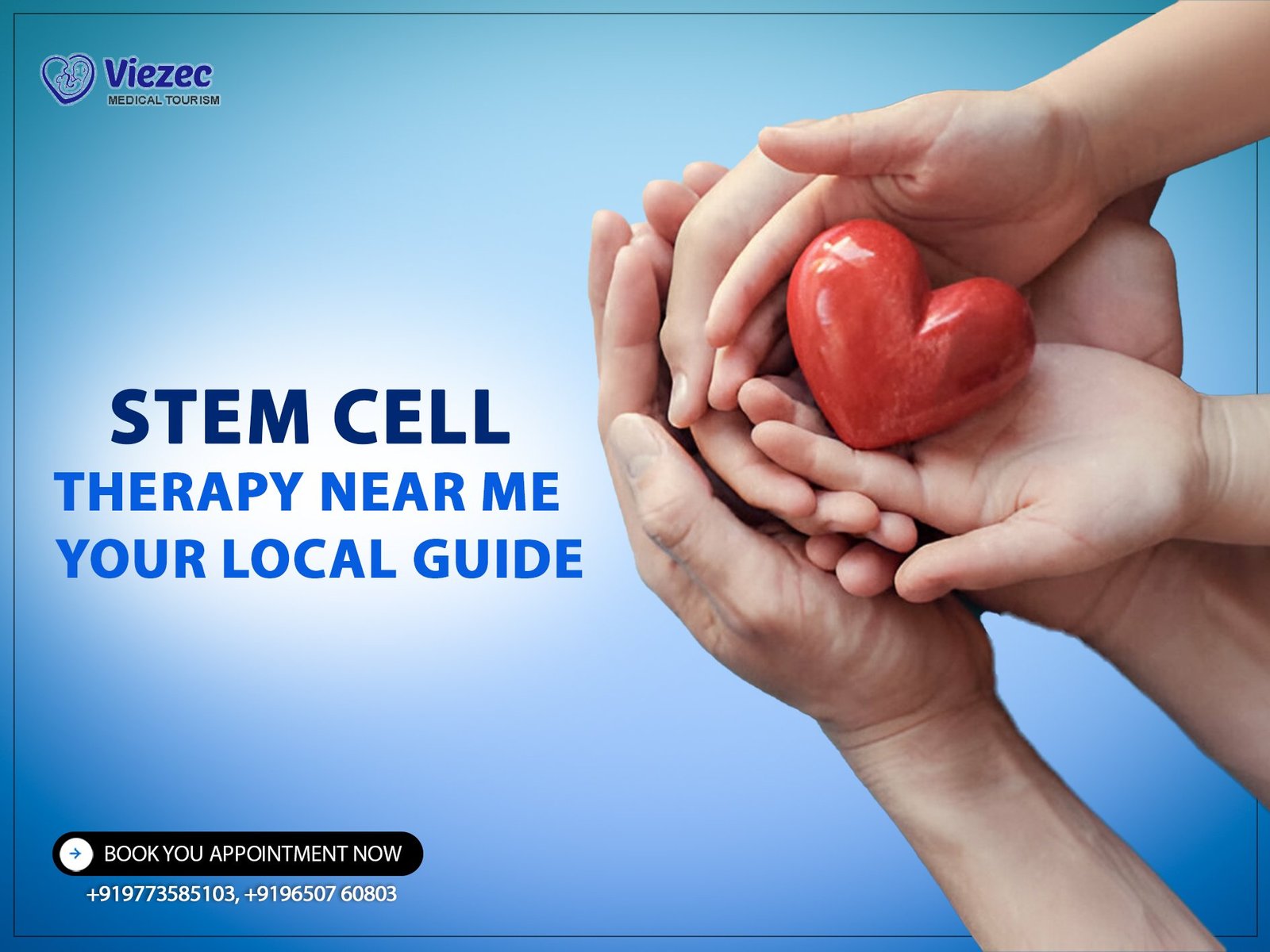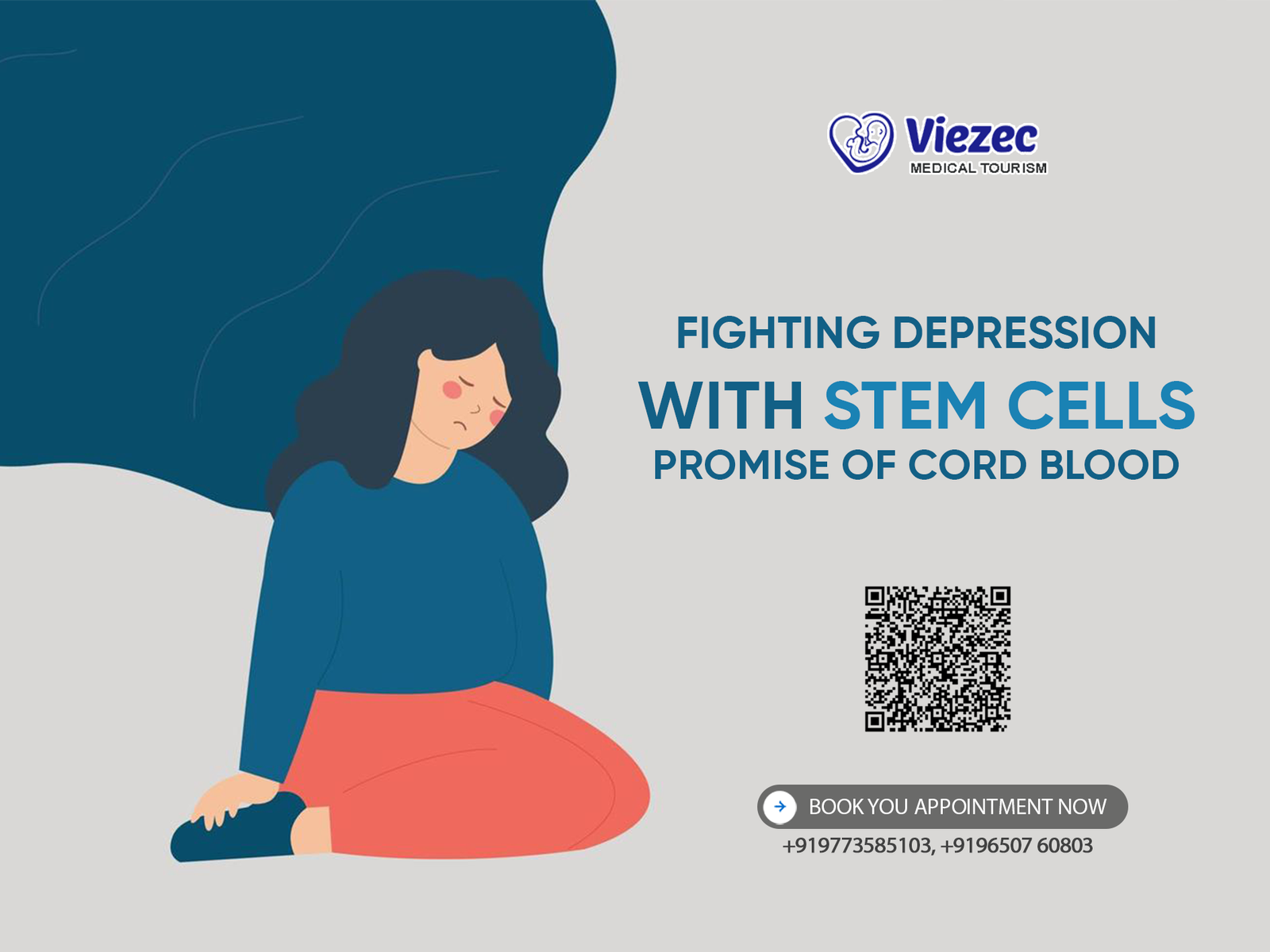Degenerative Disc Disease (DDD) is a common spinal condition that can lead to chronic pain, stiffness, and reduced mobility—especially as we age. While traditional treatments like surgery and long-term medication offer varying degrees of relief, many patients are turning to regenerative medicine for a more innovative, less invasive solution. Stem cell therapy is at the forefront of this movement.
This article explores the success rates of stem cell treatment for DDD, drawing from clinical research, real-world case studies, and expert insight. On average, 60% to 80% of patients report significant pain reduction within 3 to 6 months after treatment, with some maintaining these improvements for over a year. Success is highest among individuals in the early to moderate stages of disc degeneration, particularly when paired with a healthy lifestyle and guided rehabilitation.
We also examine the key factors that influence outcomes—such as patient age, disc condition, and the quality of stem cell preparation. Compared to traditional options like spinal fusion or corticosteroid injections, stem cell therapy offers a regenerative approach that targets the root cause of degeneration, not just the symptoms.
Whether you’re looking to delay surgery or explore non-invasive healing, this comprehensive guide provides the insights you need to decide if stem cell therapy is right for you. Providers like Viezec is helping patients worldwide access cutting-edge, personalized care in this exciting area of medicine.
Understanding Degenerative Disc Disease (DDD)
What Happens During Disc Degeneration
Degenerative disc disease, or DDD, isn’t a disease in the traditional sense. Instead, it describes the gradual wear and tear of the spinal discs—the cushion-like pads between the vertebrae in your spine. Over time, these discs can lose their hydration and elasticity, becoming thinner and less flexible. That’s when the problems begin.
As the discs lose their structural integrity, they may bulge, herniate, or even collapse. This can reduce the space between vertebrae and cause nearby nerves to become compressed. The result? Chronic back pain, stiffness, and sometimes pain that radiates down the arms or legs—especially in cases of nerve involvement like sciatica.
This degeneration is a natural part of aging, but for some, it can progress rapidly or become symptomatic earlier in life.
Who Is Most at Risk?
Age-related wear and tear
The most common cause of DDD is age-related degeneration. By the time you reach your 40s or 50s, your spinal discs may have already begun losing water content. This loss makes the discs less spongy and less effective at absorbing shock. For many, symptoms start showing up between the ages of 40 and 60.
Genetic and lifestyle factors
Genetics can also influence how quickly or severely disc degeneration occurs. If your parents dealt with spinal issues early in life, your chances may be higher. Lifestyle factors—such as poor posture, smoking, sedentary habits, obesity, or repetitive lifting—can accelerate degeneration or increase the likelihood of experiencing symptoms.
Occupations that involve heavy physical labor or long hours of sitting can also place extra strain on your spine over time.
Exploring Stem Cell Therapy as a Treatment Option
How Stem Cells Repair Damaged Discs
Imagine your spinal discs as the body’s shock absorbers—flexible cushions that allow for smooth movement and flexibility. Over time, these discs can wear down, leading to discomfort and reduced mobility. Enter stem cell therapy: a groundbreaking approach that taps into the body’s innate healing abilities to rejuvenate these vital structures.
Stem cells are unique in their ability to transform into various cell types. When introduced into a degenerated disc, they can:
-
Reduce Inflammation: By modulating the body’s immune response, stem cells help decrease the swelling and pain associated with disc degeneration.
-
Promote Tissue Regeneration: They stimulate the repair and growth of disc cartilage, aiming to restore the disc’s original structure and function.
-
Rehydrate the Disc: Stem cells can enhance the disc’s water content, improving its elasticity and shock-absorbing capabilities.
This minimally invasive procedure typically involves harvesting stem cells from the patient’s own body—often from bone marrow or adipose tissue—and injecting them directly into the affected disc under precise imaging guidance. The goal is to harness the body’s natural repair mechanisms to heal the disc from within.
Types of Stem Cells Used in DDD Treatment
Mesenchymal Stem Cells (MSCs)
MSCs are the frontrunners in regenerative medicine for conditions like DDD. Sourced from bone marrow, adipose tissue, or umbilical cord blood, these cells are prized for their versatility and ability to differentiate into cartilage, bone, and fat cells. Their anti-inflammatory properties further enhance their suitability for treating spinal disc issues.
Autologous vs. Allogeneic Cells
-
Autologous Stem Cells: These are harvested from the patient’s own body, minimizing the risk of immune rejection and ethical concerns. They are commonly used in personalized treatment plans.
-
Allogeneic Stem Cells: Derived from a donor, these cells are utilized in certain clinical settings. While they offer the advantage of being readily available, considerations regarding compatibility and potential immune responses are taken into account.
Viezec: Pioneering Stem Cell Therapy in India
For those considering stem cell therapy in India, Viezec stands out as a reputable provider. Specializing in advanced stem cell treatments, Viezec offers comprehensive care for patients with degenerative disc disease. Their approach encompasses:
-
Personalized Treatment Plans: Tailoring therapies to individual patient needs, ensuring optimal outcomes.
-
State-of-the-Art Facilities: Utilizing cutting-edge technology to perform minimally invasive procedures with precision.
-
Expert Medical Team: A multidisciplinary team of specialists dedicated to patient care and advancing regenerative medicine.
Patients seeking innovative solutions for DDD can explore Viezec’s offerings to determine the suitability of stem cell therapy for their condition.
Reported Success Rates from Clinical Studies
Average Effectiveness According to Research
Stem cell therapy has gained momentum in recent years as a non-surgical alternative for managing degenerative disc disease. But how effective is it, really? Let’s break it down.
Short-term improvements
Clinical studies have consistently shown that stem cell therapy can offer significant short-term relief for patients with DDD. Research published in journals like Spine and Stem Cells International reports that 60% to 80% of patients experience noticeable reductions in pain within three to six months after treatment. Some studies even cite up to 70% improvement in pain and mobility scores.
These early improvements are primarily due to the anti-inflammatory effects of the stem cells and their ability to create a healthier disc environment.
Long-term benefits and durability
When it comes to long-term outcomes, results vary depending on the severity of degeneration and the patient’s overall health. Several studies with 12 to 24 months of follow-up show that a substantial percentage of patients maintain their pain relief and improved mobility over time—particularly those in the early to moderate stages of DDD.
However, disc regeneration—such as an increase in disc height or full restoration of cushioning—is still an evolving area. While MRI results sometimes show partial improvements in disc hydration or structure, full reversal of degeneration is rare at this point in the science.
Overall, stem cell therapy is more about functional improvement and pain reduction than complete anatomical restoration, though ongoing research may soon change that narrative.
Case Studies and Real-World Outcomes
Beyond clinical trials, real-world patient experiences provide valuable insight. Many individuals who undergo stem cell therapy report the ability to return to everyday activities—like walking, working, or even light exercise—without the limitations they faced before treatment.
Patients treated through providers like Viezec in India often cite life-changing improvements. Testimonials highlight benefits such as:
-
Reduced or eliminated need for pain medications
-
Better sleep quality due to decreased discomfort
-
Avoidance or delay of spinal fusion surgery
-
Restoration of physical independence
These anecdotal outcomes reinforce the potential of stem cell therapy to enhance quality of life, especially when conventional treatments have fallen short.
Factors That Influence Success Rates
Not all stem cell treatments produce the same results—and not all patients respond the same way. Several key factors influence the success of stem cell therapy for degenerative disc disease, ranging from biological to procedural.
Patient’s Age and Overall Health
Younger patients generally have better outcomes. That’s because their bodies still have a higher regenerative capacity and less severe degeneration. But age alone isn’t everything.
Health matters. A patient who eats well, exercises, avoids smoking, and manages chronic conditions like diabetes or inflammation has a much higher chance of success. Why? Because the healthier your internal environment, the better your body can integrate and support the regenerative effects of stem cells.
Severity and Stage of Disc Degeneration
Stem cell therapy is most effective when the disc has not yet collapsed or become severely dehydrated. In early to moderate stages of degeneration, there’s still enough healthy tissue for stem cells to interact with, repair, and stimulate.
If the disc is fully collapsed or if there’s severe spinal instability, regenerative techniques may not yield significant improvements—and surgery might be a more realistic solution.
That’s why MRI imaging and proper evaluation are essential before starting treatment.
Quality of Stem Cell Preparation
Not all stem cell procedures are created equal. The way the cells are harvested, processed, and delivered can make or break the results.
Lab standards and processing techniques
High-quality labs use sterile, FDA-compliant protocols to isolate and concentrate stem cells with maximum viability and purity. Poor processing techniques can reduce the effectiveness of cells or, worse, cause complications.
Viezec emphasize international-quality processing and lab standards, ensuring cells remain potent and safe for patient use.
Dosage and delivery method
The number of stem cells injected—and how precisely they are delivered—matters immensely. Too few cells may not have enough therapeutic power, while improper placement could limit their ability to regenerate tissue.
That’s why image-guided delivery, such as using fluoroscopy or ultrasound, is considered best practice. It ensures the cells go exactly where they’re needed, maximizing the chances of success.
Comparing Stem Cell Therapy with Conventional Treatments
When you’re dealing with degenerative disc disease, it can feel like your options are limited: physical therapy, pain meds, or surgery. But stem cell therapy is shifting that paradigm. Here’s how it stacks up against traditional treatment paths.
Surgery vs. Stem Cells – What the Data Shows
Spinal surgery—like spinal fusion or artificial disc replacement—has long been the go-to for severe DDD. While these procedures can be effective, they come with a heavy cost: long recovery times, significant risks, and sometimes, disappointing outcomes.
Studies have shown that up to 20–30% of spinal fusion patients experience continued pain post-surgery. Plus, surgery can create additional stress on adjacent discs, potentially leading to future problems.
Stem cell therapy, on the other hand, is minimally invasive. There are no incisions, no hospital stays, and virtually no downtime. Instead of removing or fusing parts of your spine, it focuses on repairing and regenerating what’s already there.
Although surgery may still be necessary in severe cases, stem cells offer a compelling alternative—especially for those hoping to avoid or delay going under the knife.
Pain Medications and Physical Therapy Outcomes
Medications like NSAIDs, muscle relaxants, or corticosteroid injections can offer temporary relief—but they don’t address the root problem. Over time, they may become less effective, and long-term use carries side effects like gastrointestinal issues or dependency.
Physical therapy is a critical part of any treatment plan—it strengthens muscles, improves posture, and increases mobility. But for many patients, it’s not enough on its own.
Relief duration and re-treatment rates
With conventional treatments, it’s not uncommon to need repeat interventions. For example, steroid injections may only last a few months. In contrast, stem cell therapy has been shown to provide relief that lasts up to 1–2 years or more for many patients.
That means fewer appointments, fewer prescriptions, and more lasting freedom from chronic back pain.
Is Stem Cell Therapy Right for You?
Choosing the right treatment for degenerative disc disease isn’t just about what’s available—it’s about what’s best for you. Stem cell therapy isn’t a one-size-fits-all solution, but for many people, it offers a promising path forward without surgery or long-term drug reliance.
Who Makes a Good Candidate
Stem cell therapy works best when matched to the right patient profile. Here’s a look at who’s most likely to benefit.
Mild to moderate cases
If you’re dealing with early-stage disc degeneration—meaning your disc still retains some of its height and structure—you’re a strong candidate. That’s because stem cells need a “foundation” to work with. In these cases, they can reduce inflammation, support tissue repair, and potentially slow or even reverse progression.
MRI scans and physical exams usually reveal whether there’s enough healthy disc left to make regeneration feasible.
Patients looking to delay or avoid surgery
Not everyone wants to jump into spine surgery—and rightly so. Stem cell therapy is a solid option for people who want to explore non-invasive treatments first. Many patients choose it to buy time, postpone fusion procedures, or completely avoid the operating room.
For patients who’ve tried physical therapy, chiropractic care, or injections with limited relief, stem cells can offer a regenerative approach, not just a palliative one.
Pre-Treatment Screening and Evaluation
Before you receive stem cell therapy, a detailed screening process helps determine if it’s the right fit. This typically includes:
-
MRI or CT imaging to assess the disc’s condition
-
A review of your medical history, including chronic illnesses, autoimmune issues, or previous surgeries
-
Physical assessment to evaluate symptoms, flexibility, and functional limitations
Viezec is known for offering thorough pre-treatment evaluations, helping patients make informed decisions. Their approach ensures that therapy is tailored to your specific condition, improving the odds of a successful outcome.
What to Expect During the Treatment Journey
Choosing stem cell therapy is a big decision, but knowing what to expect can make the process feel a lot more manageable—and even empowering. From your first consultation to post-treatment follow-ups, here’s a breakdown of how the journey typically unfolds.
Consultation and Diagnostic Imaging
The first step is an in-depth consultation with a regenerative medicine specialist. During this visit, your doctor will:
-
Discuss your medical history and current symptoms
-
Review any previous treatments you’ve tried
-
Order or review recent imaging, such as MRI scans, to assess disc health
Imaging is especially important—it helps determine the severity of degeneration, disc hydration, and whether there’s any nerve involvement. These insights guide your personalized treatment plan.
Clinics like Viezec in India place a strong emphasis on diagnostic accuracy. Their multidisciplinary team ensures no detail is missed when evaluating your eligibility and treatment potential.
The Injection Procedure Explained
Once you’re cleared for treatment, the actual procedure is typically quick, safe, and minimally invasive. Here’s how it works:
-
Stem Cell Harvesting – If using autologous stem cells (from your own body), they’re usually collected from bone marrow or adipose (fat) tissue using a needle under local anesthesia.
-
Processing – The cells are then purified and concentrated in a sterile lab, often within the same day.
-
Injection – Using real-time imaging (fluoroscopy or ultrasound), the stem cells are injected directly into the targeted disc. This precision helps ensure the cells reach the area of degeneration without damaging nearby structures.
The entire process—from harvest to injection—can often be completed within a few hours, and most patients go home the same day.
Post-Treatment Recovery Timeline
Most patients are pleasantly surprised by how smooth the recovery is. There’s no long hospital stay or extended downtime.
Pain management and physical activity
-
Mild soreness at the injection site is normal and typically resolves within a day or two.
-
Patients are usually advised to avoid strenuous activity for the first week but can return to light tasks almost immediately.
-
Anti-inflammatory drugs are generally avoided after the procedure to support natural healing and stem cell activity.
Your doctor may also recommend gentle stretching, walking, or guided physical therapy as you progress.
Monitoring progress and follow-ups
You’ll have scheduled follow-up visits at 1, 3, and 6 months—and sometimes beyond. These may include:
-
Repeat MRI imaging to check for disc response
-
Range-of-motion and pain level assessments
-
Adjustments to your activity plan
Providers like Viezec use these follow-ups to track outcomes and fine-tune your recovery, helping ensure the most effective long-term results.
Final Thoughts: Is Stem Cell Therapy Effective for DDD?
As we close out this deep dive into stem cell therapy for degenerative disc disease, one big question remains: Is it truly effective?
The answer, while nuanced, leans toward optimism—especially for the right candidates. Stem cell therapy isn’t magic, and it’s not a guaranteed cure. But it is a powerful, minimally invasive tool that has helped many patients reduce pain, improve mobility, and regain control over their lives without resorting to surgery.
Summary of Key Findings
-
Success rates range from 60% to 80% for short-term pain relief, especially in mild to moderate cases.
-
Long-term improvements have been reported in many studies, although full disc regeneration is still under research.
-
The best results are seen in patients who are younger, healthier, and in the earlier stages of disc degeneration.
-
Reputable clinic like Viezec offer advanced care, with personalized treatment plans and strict adherence to safety and quality standards.
-
Compared to traditional treatments like surgery or chronic medication use, stem cell therapy offers a regenerative approach—healing from the inside out rather than just managing symptoms.
Next Steps if You’re Considering Treatment
If you’re exploring stem cell therapy for DDD, here’s what you can do next:
-
Schedule a consultation with a spine specialist or regenerative medicine provider like Viezec to determine if you’re a good candidate.
-
Review your imaging (like an MRI) to assess the health of your spinal discs.
-
Ask questions about the stem cell source, preparation method, and expected outcomes.
-
Evaluate your options holistically—consider combining stem cell therapy with physical therapy or lifestyle changes for optimal results.
Above all, stay informed and trust your instincts. Stem cell therapy is part of a rapidly evolving frontier in medicine—a sign of where healing is headed. For many, it’s not just about reducing pain; it’s about reclaiming mobility, independence, and quality of life.









